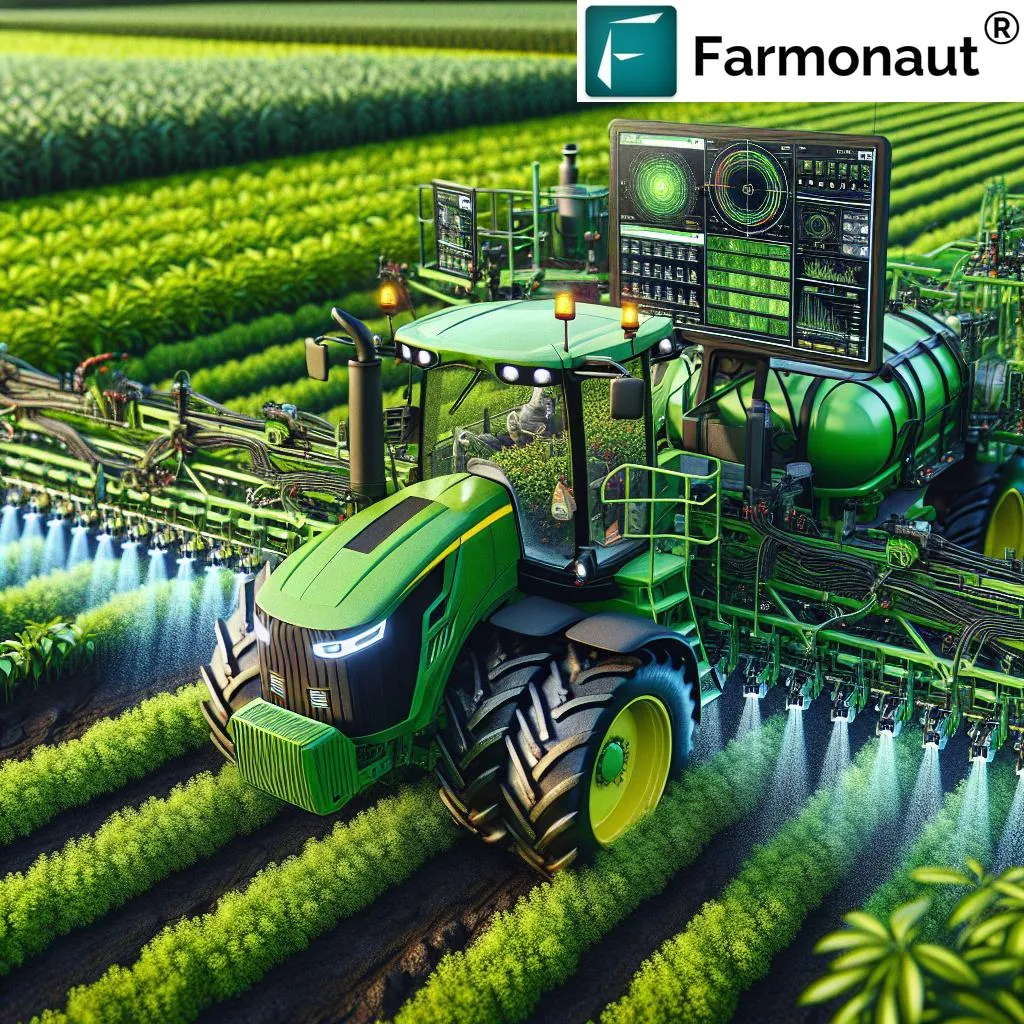In the ever-evolving landscape of modern agriculture, the role of advanced agricultural sprayers has become increasingly pivotal. As we approach 2026, the integration of innovative sprayer pump technology and the adoption of power sprayers for agriculture are revolutionizing the way farmers apply pesticides, herbicides, fertilizers, and water. This transformation is not only enhancing efficiency but also promoting environmental responsibility, from smallholder fields to large-scale farming operations.
At its core, an agricultural sprayer is a machine designed to distribute liquids evenly over crops or soil. These liquids, which may include pesticides, herbicides, fertilizers, or even water, play a crucial role in modern farming. By enabling uniform application, agricultural sprayers help maximize the effectiveness of chemical inputs while minimizing waste and negative environmental impact. The types of agricultural sprayers range from handheld and manual sprayers ideal for small-scale operations to self-propelled and robotic sprayers that incorporate AI, GPS, and sensors for precision agriculture. Each sprayer comprises a tank to hold liquid, a reliable pump to pressurize and propel fluids, and multiple nozzles for controlled dispersal.
The sprayer pump for agriculture is the heart of modern sprayers, delivering liquid at optimum pressure to ensure efficient spraying across a wide area. The choice of pump directly impacts performance, coverage, and suitability for various crops and terrain. Types of agriculture spray pumps include diaphragm pumps, piston pumps, and centrifugal pumps, each with its own advantages. Recent innovations in agriculture spray pump technology focus on material upgrades for handling aggressive chemicals, electric or petrol motors for consistent, reliable output, and smart sensors to monitor performance and signal maintenance needs.
Power sprayers for agriculture combine robust pumps with motorized energy sources—batteries, petrol, or electric grids—to deliver unmatched efficiency. Their adjustable settings and advanced technologies are revolutionizing how modern crop management is performed. Main benefits of power sprayers include saving time, reducing labor intensity, enabling precision agriculture via automated or GPS-guided controls, and allowing for variable rate or targeted pesticide application. Power sprayers are now equipped with integrated GPS and mapping connectivity, smart automation for spray rates, real-time performance analytics, and remote operation capability.
As climate change and resource pressures accelerate, sustainability is non-negotiable. Agricultural sprayers are now engineered with eco-friendly features such as low-drift nozzles for reducing off-target chemical application, smart variable-rate spraying based on real-time crop and soil data, durability upgrades for chemical resistance and longer lifespan, and reduction in water and input waste. Precision sprayers support biodiversity by targeting only affected crop zones, pest resistance management via judicious chemical use, and compliance with new sustainability mandates and certifications.
The future of agriculture sprayer technology is rapidly evolving, driven by growing awareness around precision farming and sustainability. Integration with drones and robotics, IoT-enabled real-time monitoring, smart automation and AI, eco-friendly materials, lower energy demand, and blockchain traceability are some of the trends we can expect heading into 2026 and beyond. Connected tools and smarter fleet management, such as Farmonaut’s satellite-powered fleet management tools, provide real-time visibility and logistical optimization, ensuring the right equipment is in the right place, at the right time.
In conclusion, the adoption of advanced agricultural sprayers, particularly those featuring sophisticated pumps and automated controls, is transforming the ways farmers apply pesticides, herbicides, fertilizers, and water. This transformation is not only enhancing efficiency but also promoting environmental responsibility, from smallholder fields to large-scale farming operations. As we approach 2026, the synergy of innovative sprayer pump technology and power sprayer adoption is set to revolutionize modern agriculture, making it more sustainable and efficient.

